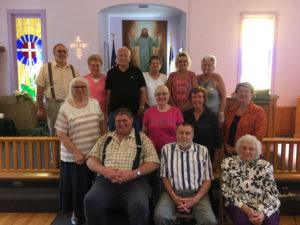The Timeless Tale of Dave and Margie Harman
Alisha Yocum
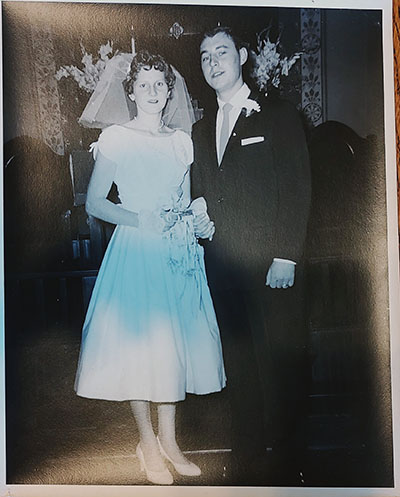
Dave and Margie were married on June 22, 1958, at St. Mark’s Lutheran Church in Sabillasville.
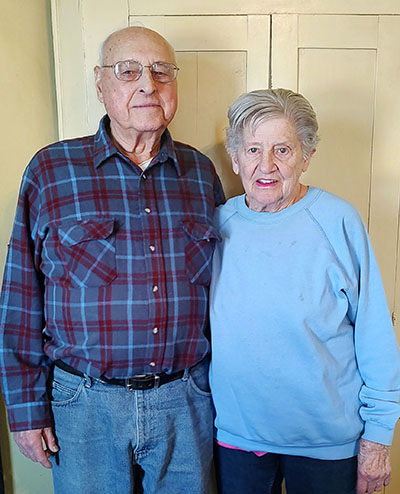
Dave and Margie Harman, married 65 years.
Photo by Alisha Yocum
David (Dave) Harman was working at ACME Market near Gettysburg, Pennsylvania, when he first met Margie Lantz, his now wife of 65 years. Margie’s sister and brother-in-law, Laura and Frank, worked at the ACME store in Waynesboro, Pennsylvania, so the first time Dave met Margie was when she was tagging along with Laura and Frank on their visit to the Gettysburg store.
Soon thereafter, Laura and Frank transferred from the Waynesboro store over to the store near Gettysburg.
“We were holding a one-year anniversary celebration at the store [Gettysburg] when Laura and Frank brought her along to help with serving goodies. I suppose it was fate that day. I may have made a few extra trips by the table to get some cookies and punch,” said Dave, with a grin on his face.
Margie’s sister and brother-in-law working at the same store would lead to more opportunities to spend time with Margie, as Dave was invited to family events, like Margie’s 16th birthday party. Dave remembers driving from Gettysburg to Sabillasville in his 1949 Plymouth on his first visit to see Margie. Unfortunately, Dave stopped to get directions to the Lantz’s house, but no one knew who Walter Lantz was. This was because Margie’s dad went by the nickname “Buck,” and no one in the community knew him by his given name, Walter. It wasn’t until Dave’s second attempt to visit Margie that he was successful in finding her family home.
In that same 1949 Plymouth, they would drive to their first date at the Majestic Theater in Gettysburg. In a few short years, Dave and Margie, who were 22 and 19 years old, would be married on June 22, 1958, at St. Mark’s Lutheran Church in Sabillasville, followed by a reception at her parent’s farm right down the road. Margie remembers the old farmhouse being full of people and all the wonderful food her mom made for the reception.
The newlyweds would only have five short months together before Dave was drafted into the United States Army. After completing basic training and radar school, Dave was one of five from his unit who were selected to stay behind rather than go to serve in the Korean War. He was stationed at Ft. Carson in Colorado. On their first anniversary, Margie and Dave once again hopped in the Plymouth and drove across country to Colorado Springs, so Dave could report for duty. While there, Margie found a job working for Mecca Hotel. The Harmans remember fondly how kind and nice everyone was in Colorado, and they enjoyed family coming to visit them to see popular tourist sites like Pike’s Peak.
In December 1960, Dave was discharged, and he and Margie made their way back to Maryland, where they lived temporarily with Margie’s parents until they could find a place of their own. However, life had different plans, and Margie’s father soon fell ill, so the two decided to stay and help work on the family farm.
At that time, Margie’s family ran a dairy operation, which back then meant milking by hand. Dave had some experience working on a farm, but he learned a lot from the Lantz family. Dave would work his job at ACME Market during the day and work the farm in the evening—many times, still plowing fields at 11:00 p.m.
Dave said his father-in-law told him the Thurmont Bank was looking to hire, and he said, “When your father-in-law speaks, you listen.” Dave interviewed for the job and was hired to handle loans before being promoted to head bank teller and then to bank manager, eventually retiring after 32 years with the bank.
During these years, Margie continued to do farmwork and raise their two sons, David Jr. and Mark. Soon, the family, with their two sons, would switch from dairy to beef cattle.
Today, Dave and Margie don’t spend as much time doing farm chores, but their two sons have kept the farm going.
After 65 years of marriage, the Harman’s advice is “Agree to disagree.”
Dave said, in marriage, you are going to have differences of opinions. For them, there were many times that they did not always agree, but he said they worked through things and eventually came to an agreement.
The Harmans can’t recall any big challenges over the years, but Dave attributes this to not making a big deal out of things. Even though both have been through health challenges, they continue to take care of each other.
“God willing, we hope we can enjoy a few more years together,” said Dave.

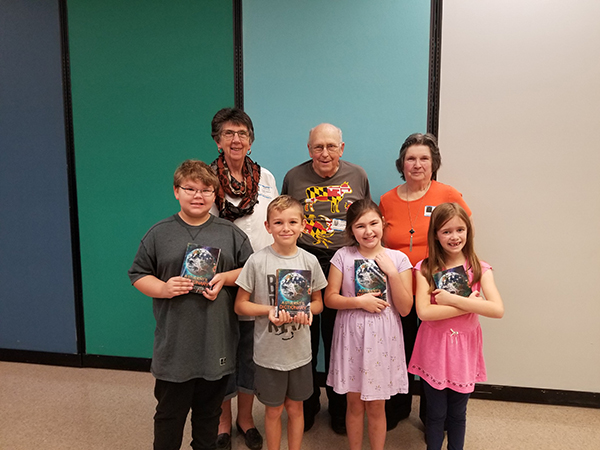


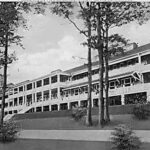
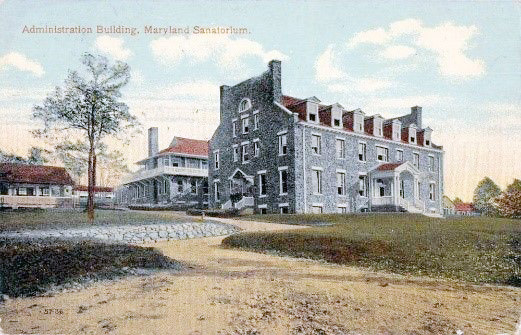
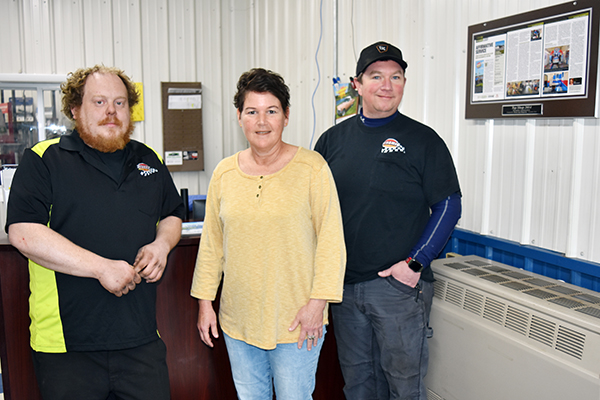
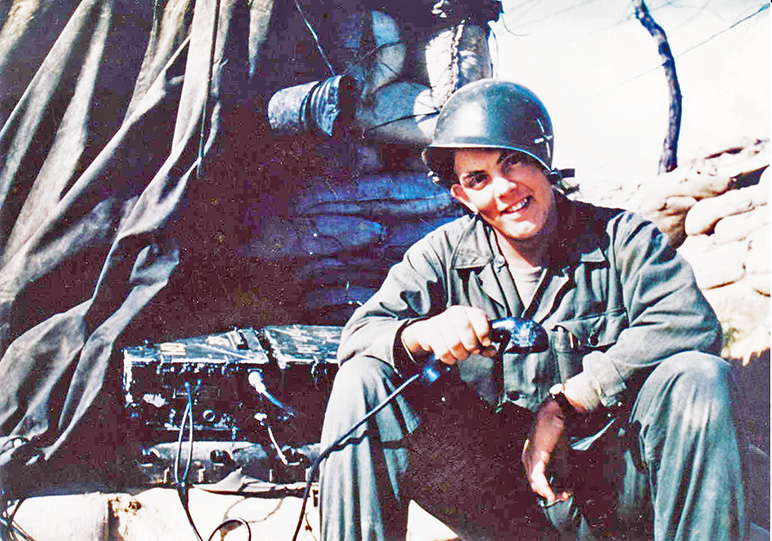
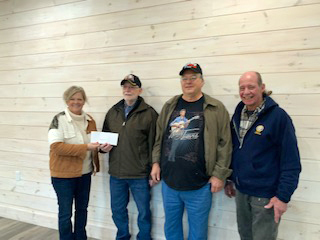
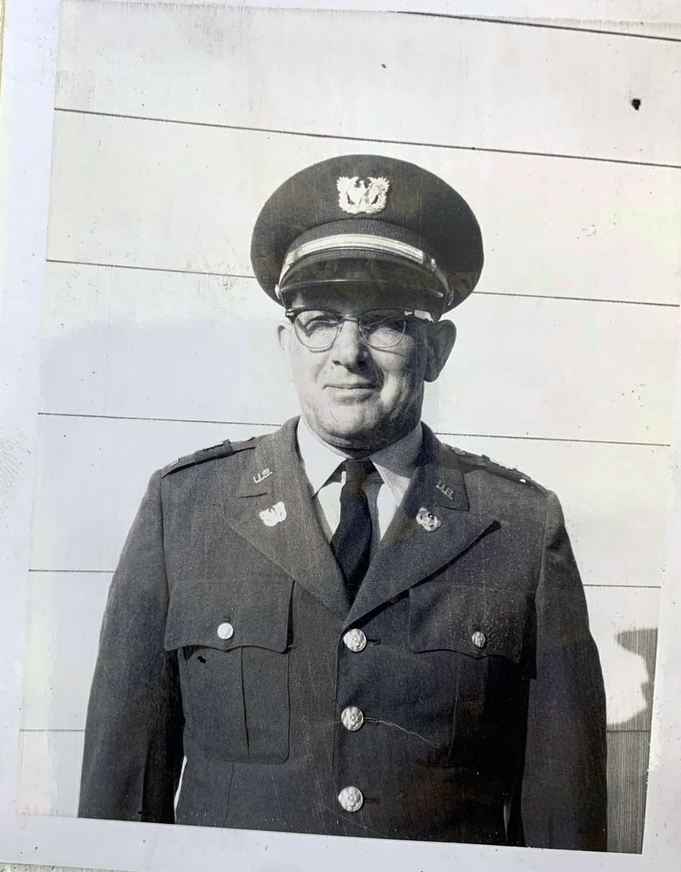
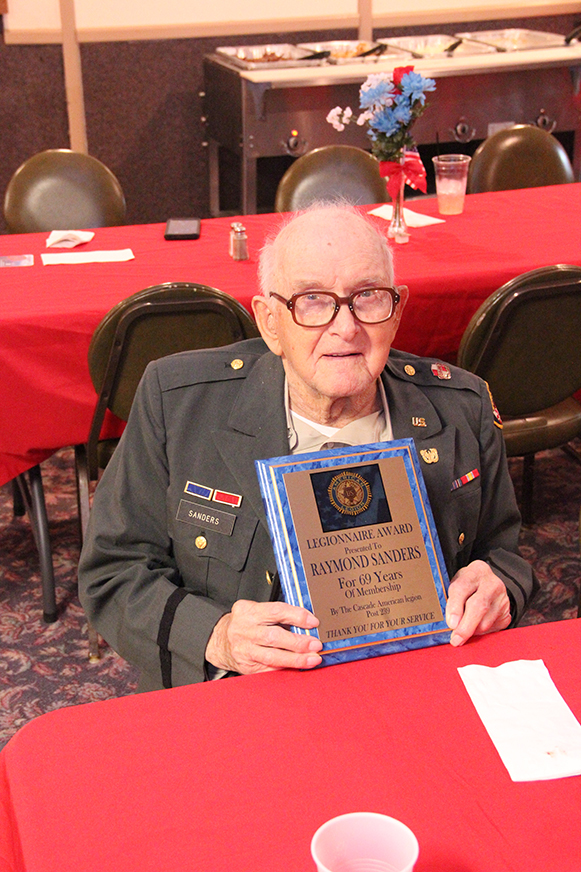
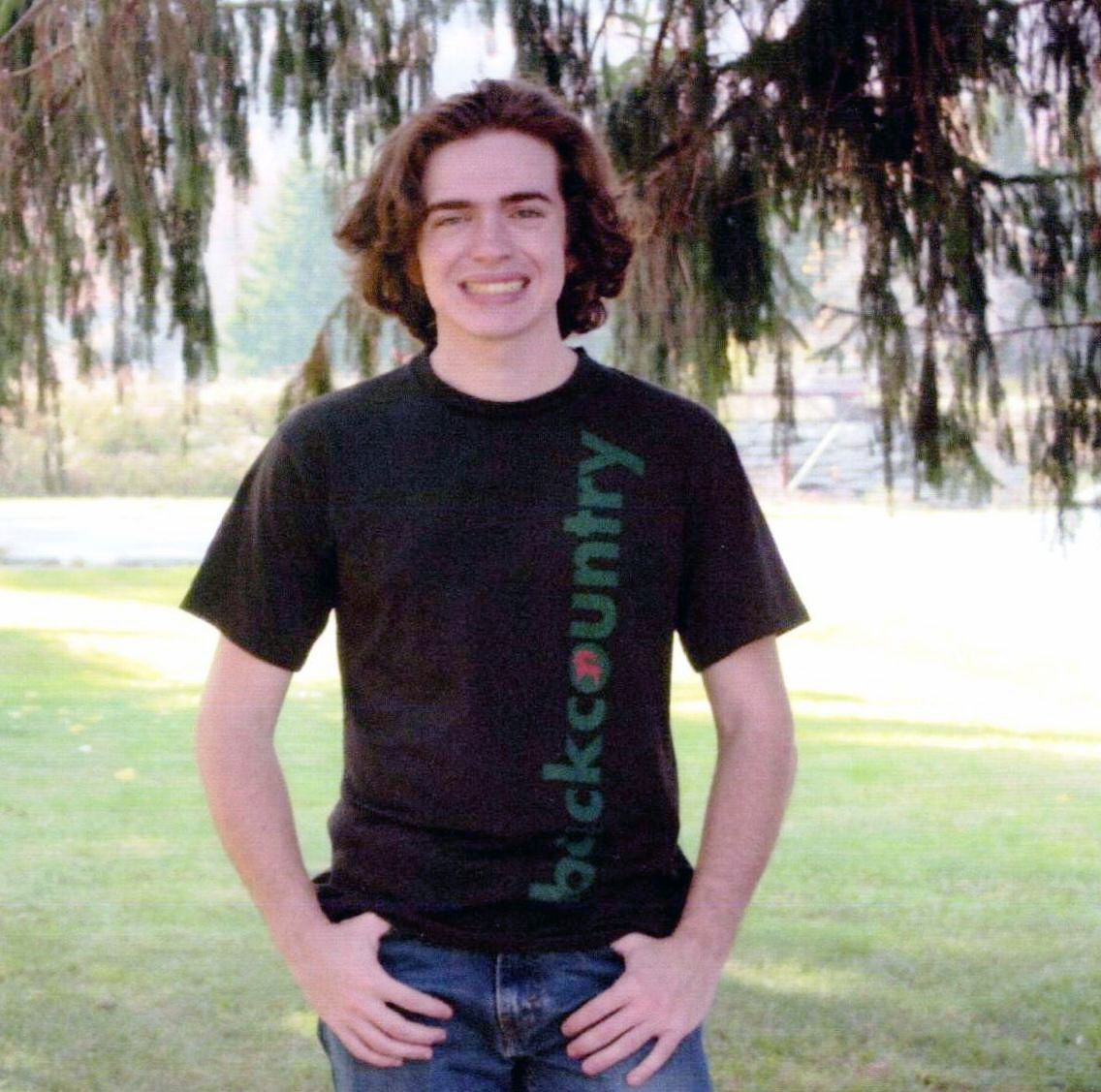

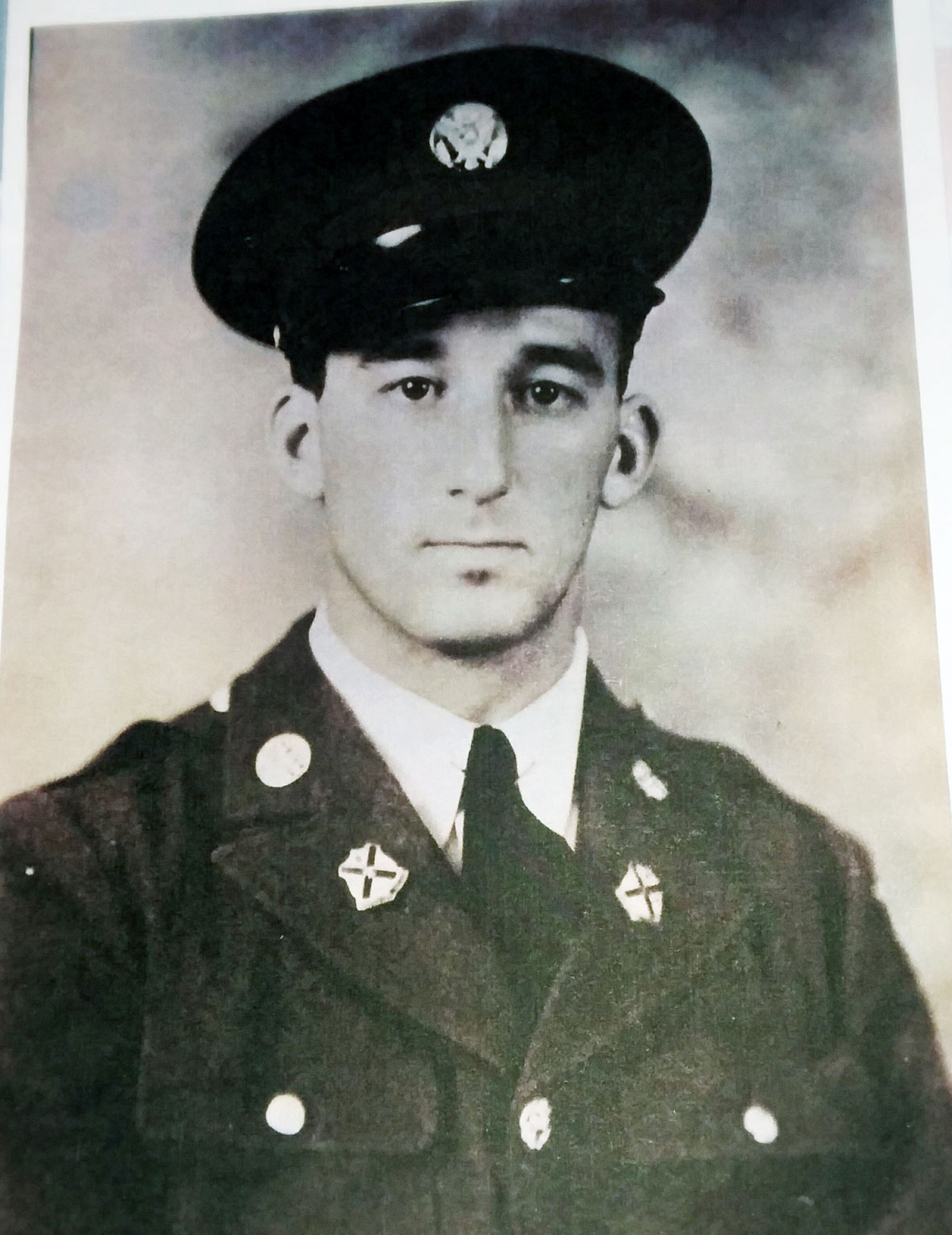
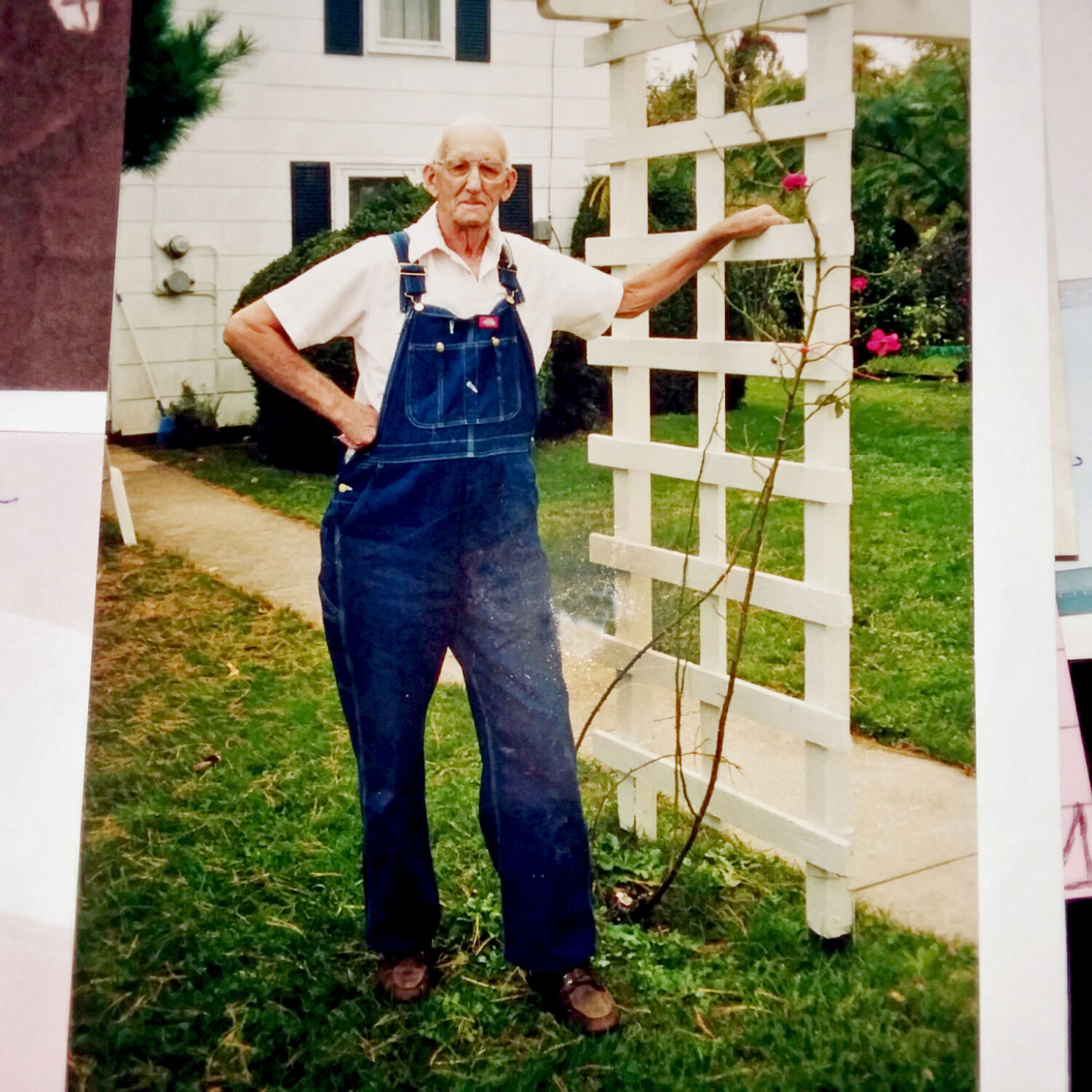
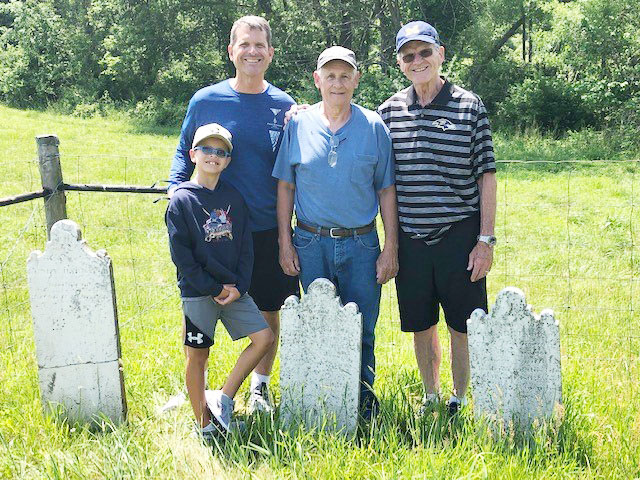
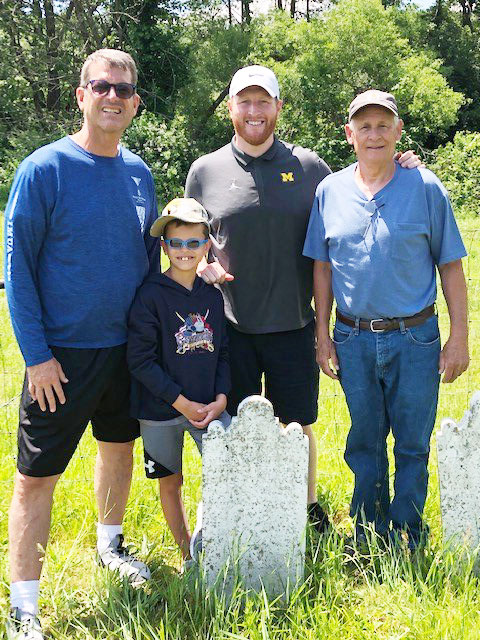
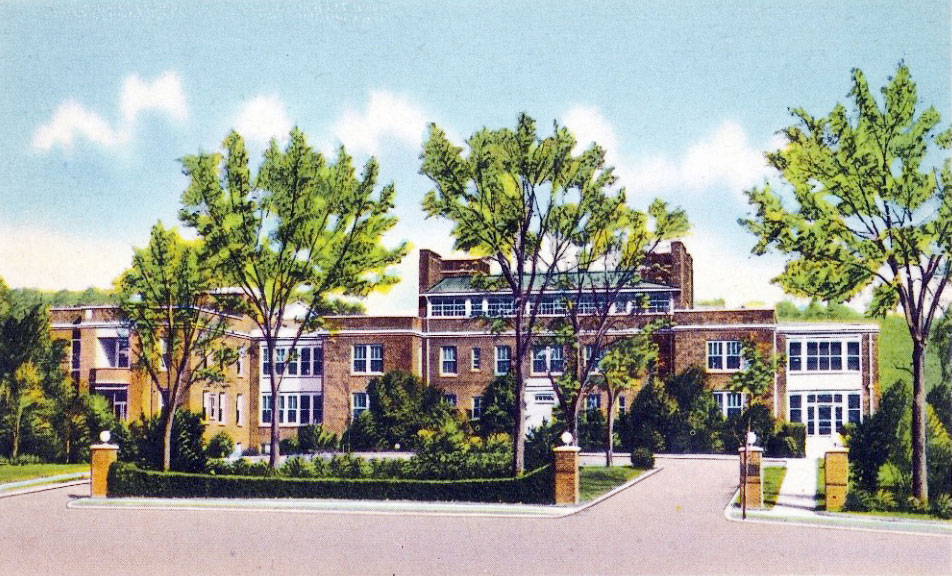
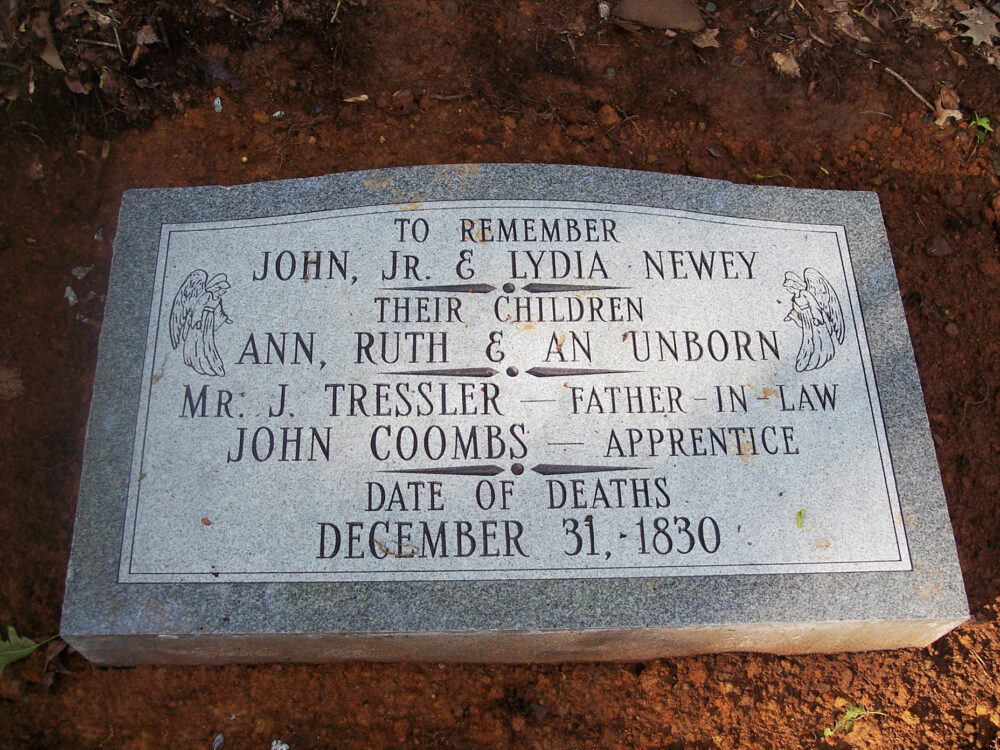
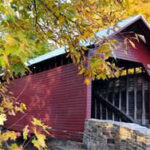
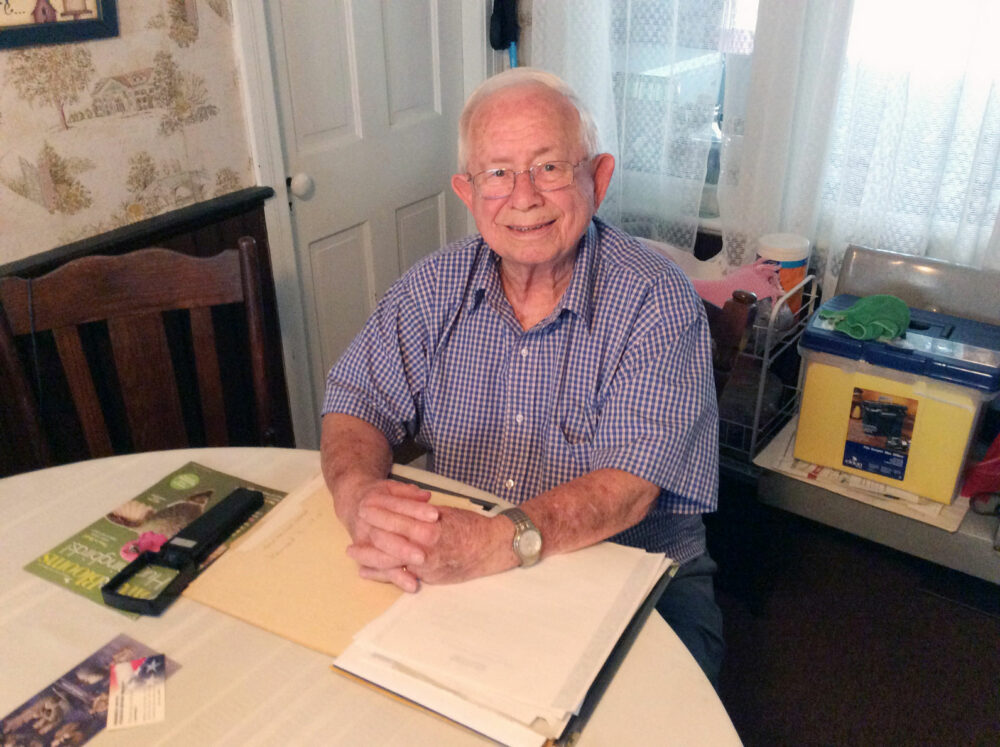

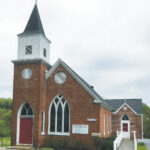
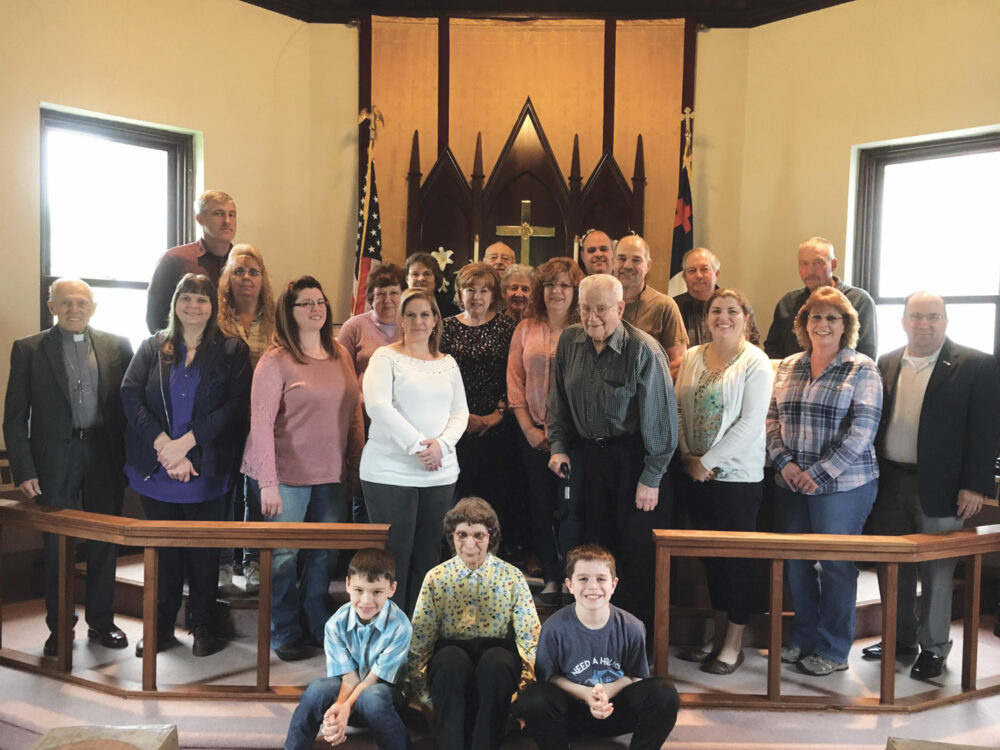
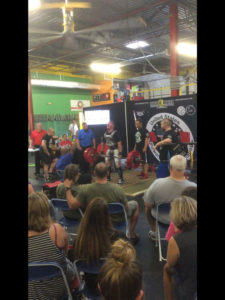 Tristan Rice, of Sabillasville, is a sixteen-year-old junior at Catoctin High School and an HVACR/Plumbing student at the Frederick County Career and Technology Center. This busy student is also a dedicated athlete who throws the shot put during the school year for the Track and Field Team at Catoctin, and works out several times a week at Anytime Fitness in Thurmont, honing his powerlifting skills and increasing his strength.
Tristan Rice, of Sabillasville, is a sixteen-year-old junior at Catoctin High School and an HVACR/Plumbing student at the Frederick County Career and Technology Center. This busy student is also a dedicated athlete who throws the shot put during the school year for the Track and Field Team at Catoctin, and works out several times a week at Anytime Fitness in Thurmont, honing his powerlifting skills and increasing his strength.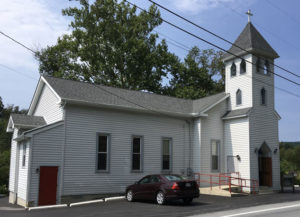 Once a year, a little country church with a small congregation hosts an event that is standing room only. Joined by members of several churches and the community, Deerfield United Methodist Church brings a 2000-year-old event to life. “The Journey to the Cross”, a live passion play, is performed on Palm Sunday and Good Friday every year. The production covers miracles and other events in the life of Christ through his last days and resurrection.
Once a year, a little country church with a small congregation hosts an event that is standing room only. Joined by members of several churches and the community, Deerfield United Methodist Church brings a 2000-year-old event to life. “The Journey to the Cross”, a live passion play, is performed on Palm Sunday and Good Friday every year. The production covers miracles and other events in the life of Christ through his last days and resurrection.